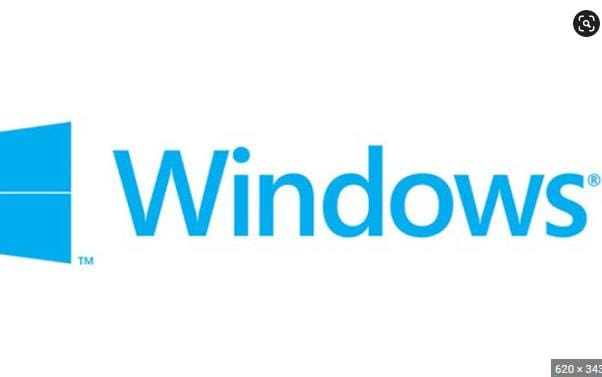To make a bootable USB with a Windows ISO, you’ll need a USB flash drive (at least 8GB) and a Windows ISO file. Here’s how you can do it:
- Download a Windows ISO File: You can download the ISO file of the specific version of Windows you need directly from Microsoft’s website. Make sure to select the correct version that matches the product key you have.
- Format Your USB Drive: Connect the USB drive to your computer. You’ll need to format it, which will erase all data on the drive. Here’s how:
- Open File Explorer, then locate your USB drive under “This PC” or “My Computer.”
- Right-click on the USB drive, then select “Format.”
- Under File System, choose “NTFS.” Leave the “Quick Format” box checked, then click “Start.”
- Download and Install Rufus: Rufus is a free, open-source tool that’s perfect for this task. You can download it from the official Rufus website.
- Create the Bootable USB:
- Open Rufus.
- In the “Device” box, select your USB drive.
- In the “Boot selection” box, click “Select” and navigate to where your Windows ISO file is saved. Select the file.
- Under “Partition scheme,” select “MBR” if your computer uses BIOS. If it uses UEFI, select “GPT.”
- Click “Start” to create the bootable USB. This process will erase all data on the USB drive, so make sure you’ve backed up any important files.
Once the process is complete, you’ll have a bootable Windows USB drive. You can use it to install Windows on a computer by booting from the USB drive, usually by changing the boot order in the computer’s BIOS or UEFI settings.

